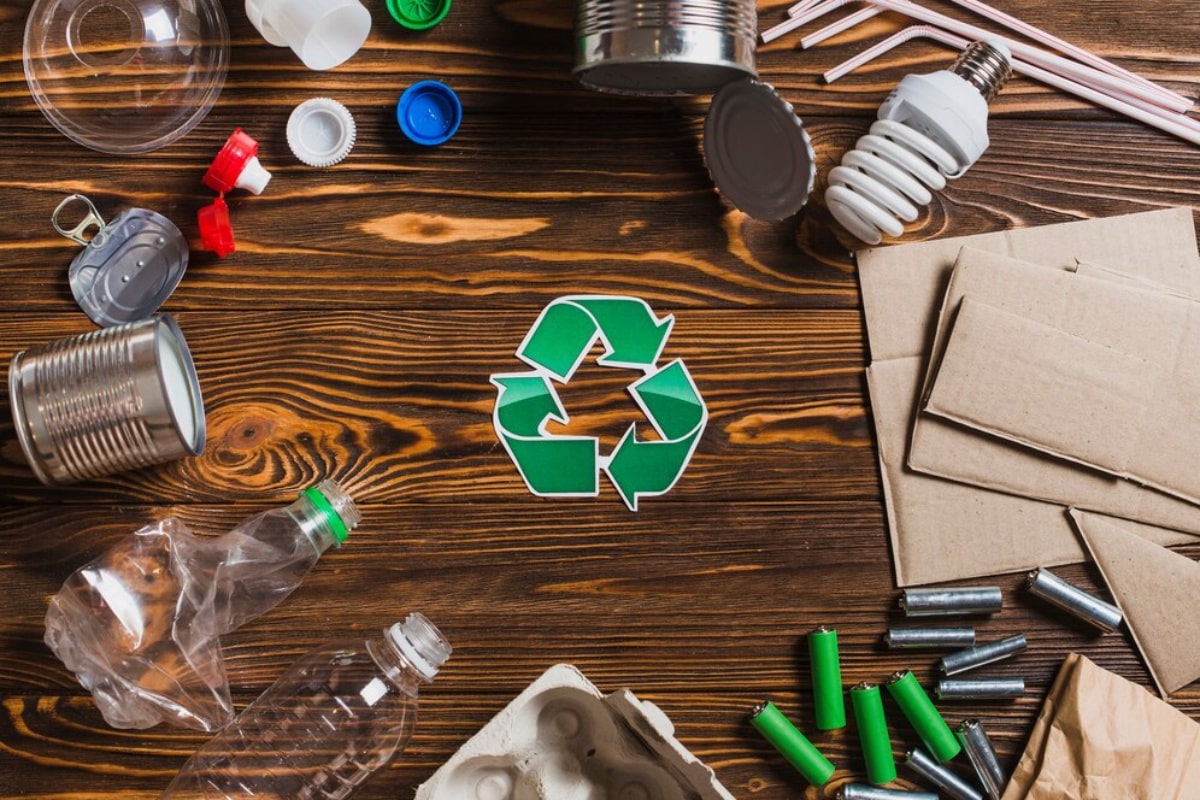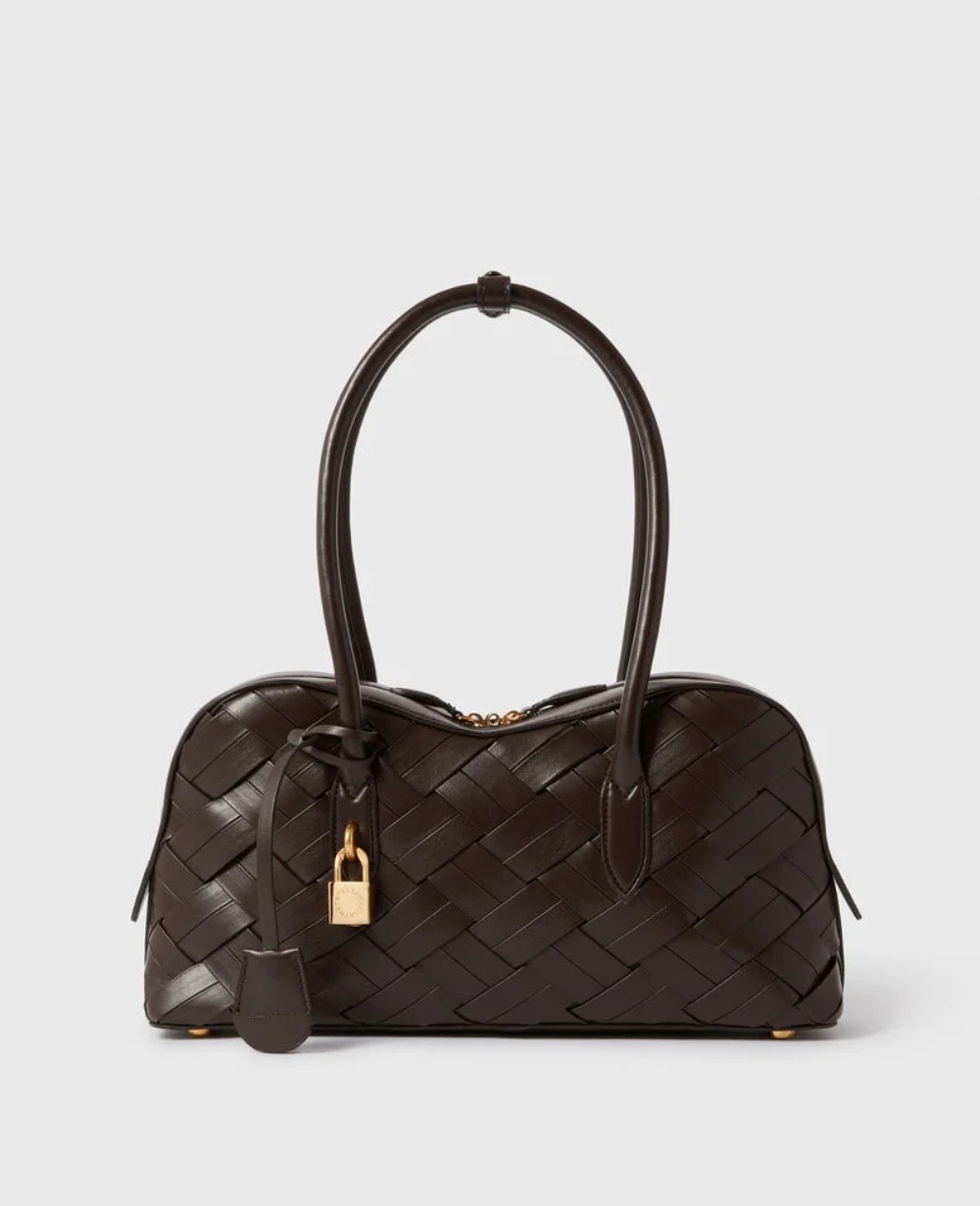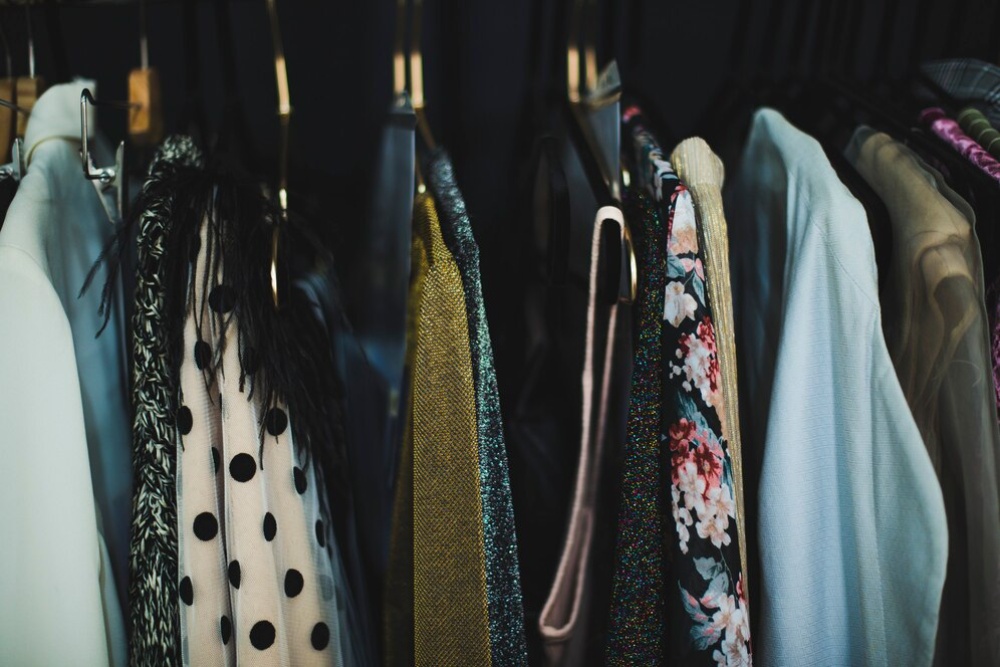
How Luxury Brands Are Embracing Sustainability
Recently, the luxury fashion industry has changed a lot. Now, sustainability is a major focus. Many luxury brands used to be all about exclusivity and luxury. Now, they are adopting eco-friendly practices. They focus on sustainable production, responsible sourcing, and greener business models. This change shows that more consumers want ethical fashion. The industry must also work to lower its environmental impact.
This guide shows how top luxury fashion brands are focusing on sustainable style. You’ll learn about their strategies and what this means for the future of high-end fashion.
Why Sustainability Matters in Luxury Fashion
Changing Consumer Expectations
Luxury consumers are no longer just looking for prestige and quality. They want transparency and ethical responsibility. Recent studies show that over 60% of high-end fashion buyers care about sustainability in their purchases.
Environmental Impact of the Fashion Industry
The fashion industry accounts for about 10% of worldwide carbon emissions. It also significantly contributes to water pollution and waste. Luxury brands set fashion trends and now lead in sustainable innovation. They aim to cut their ecological impact.
Regulatory and Industry Pressure
Governments and industry watchdogs are pushing for greater transparency and accountability. The Fashion Pact, backed by many luxury brands, aims to cut greenhouse gas emissions. It also supports sustainable production practices.
Key Takeaway: Sustainability is no longer a trend. It’s an essential element of luxury brand identity.
Sustainable Practices Luxury Brands Are Adopting
Ethical Sourcing of Materials

Luxury brands are increasingly prioritising the use of ethically sourced materials such as:
- Organic cotton and linen: Grown without harmful pesticides, reducing water waste.
- Responsible wool and cashmere: Sourced from farms committed to animal welfare.
- Eco-friendly leather alternatives: Made from plant-based or recycled materials.
Examples:
- Stella McCartney uses vegan leather and sustainable viscose.
- Gucci launched its Gucci Off The Grid collection. This collection is made from recycled and organic materials.
Tip: Look for certifications such as GOTS (Global Organic Textile Standard) and OEKO-TEX. This signifies authentic, sustainable fabrics.
Circular Fashion and Upcycling
Luxury brands are now embracing circular fashion. This approach centers on reusing, repairing, and recycling materials. The goal is to extend the lifespan of products.
- Upcycled collections: Brands such as Balenciaga and Miu Miu now offer lines made from vintage garments.
- Pre-loved resale programs: Chanel, Hermès, and Louis Vuitton have partnered with resale platforms. This makes second-hand luxury more accessible.
Tip: Circular fashion reduces waste and promotes sustainable consumption without compromising on luxury.
Carbon-Neutral and Eco-Friendly Production
Luxury houses are investing in carbon-neutral practices and reducing their environmental footprint by:
- Using renewable energy in their production facilities.
- Reducing water consumption in dyeing and textile processes.
- Minimising waste through precision-cutting techniques.
Examples:
- Burberry has pledged to become climate-positive by 2040.
- Prada uses recycled nylon in its Re-Nylon collection, cutting down on plastic waste.
Tip: When shopping for sustainable luxury, research brands’ carbon neutrality commitments.
Transparency and Traceability
Many luxury brands are using blockchain and other tools to build consumer trust. They aim for transparency in their supply chains.
- Blockchain tracking: Enables customers to verify the authenticity and origin of materials.
- QR codes on labels: Provide insights into the garment’s production process.
Examples:
- LVMH’s Aura Blockchain Consortium allows customers to track the provenance of luxury goods.
- Chopard uses fairmined gold, offering the full traceability of its jewellery materials.
Tip: Traceability ensures that luxury products meet ethical and sustainable standards.
Iconic Luxury Brands Leading the Sustainability Movement
Stella McCartney: A Pioneer in Sustainable Luxury

Stella McCartney is renowned for cruelty-free and sustainable fashion. The brand uses:
- Vegan leather made from recycled materials.
- Econyl® fabric is a regenerated nylon made from fishing nets and ocean waste.
- Carbon-neutral manufacturing processes.
Sustainability Highlight: The brand’s Falabella bag features vegetable-tanned leather and recycled polyester lining.
Gucci: Commitment to Carbon Neutrality
Gucci has made substantial efforts toward carbon neutrality by:
- Reducing its environmental footprint through renewable energy.
- Using sustainable materials, such as organic cotton and recycled fabrics.
- Offsetting carbon emissions from its entire supply chain.
Sustainability Highlight: The Gucci Off The Grid collection is made from recycled Econyl® nylon.
Hermès: Balancing Tradition and Sustainability
Hermès is embracing sustainability while preserving its heritage by:
- Using biodegradable materials in some of its collections.
- Investing in sustainable leather alternatives like Sylvania, a leather-like material made from fungi.
- Prioritising timeless craftsmanship promotes longevity and reduces waste.
Sustainability Highlight: The brand’s Petit h collection uses upcycled materials from previous collections.
How Sustainability Is Changing Luxury Consumer Behavior
Rise of Conscious Consumerism
Luxury consumers are increasingly prioritising sustainability, favouring brands with eco-conscious practices. The need for clear, ethical, and traceable products is changing how luxury fashion markets itself.
Trend: Millennials and Gen Z consumers represent a growing share of luxury shoppers. They are driving the demand for sustainable luxury.
Pre-Owned and Vintage Luxury
More people love pre-owned luxury goods. They want to cut down on waste but still enjoy designer fashion.
- Platforms like The RealReal and Vestiaire Collective offer authenticated second-hand luxury items.
- Brands themselves are launching certified pre-owned programs.
Trend: Buying vintage pieces promotes circular fashion and reduces environmental impact.
Tips for Shopping Sustainable Luxury
Research Brand Commitments
When shopping for sustainable luxury, look for brands that:
- Use eco-friendly materials (organic, recycled, or biodegradable).
- Offer transparency and traceability of their supply chains.
- Prioritise carbon-neutral production.
Tip: Check for certifications like Cradle to Cradle, Fair Trade, and GOTS.
Choose Timeless Over Trendy

Invest in classic, versatile pieces that can be worn for years. Timeless designs have a longer lifecycle, reducing the need for frequent replacements.
Tip: Capsule wardrobes with high-quality luxury staples are both sustainable and stylish.
Embrace Pre-Owned and Upcycled Luxury
Consider purchasing from reputable pre-owned luxury platforms. Pre-loved items reduce waste and often hold their value over time.
Tip: Look for authenticity guarantees when buying pre-owned luxury goods.
Luxury Meets Sustainability: A New Era of Fashion
Luxury fashion is evolving with a strong emphasis on sustainability and ethical practices. High-end brands are changing luxury by using eco-friendly materials, circular production, and clear supply chains.
To support sustainable luxury, focus on brands with ethical practices. Invest in timeless pieces and consider buying pre-loved designer fashion. This shift towards sustainable style is shaping the future of luxury fashion, making it both chic and responsible.


